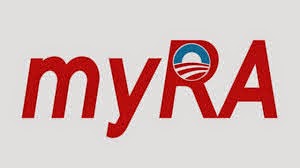Every estate plan should have these basic
documents
kick in
only if your estate exceeds $5,430,000, there are other issues that make estate
planning important for most individuals.
 Start
your estate planning by meeting with an attorney and your accountant. They can
instruct you in the essentials of estate tax law and the requirements for
establishing an estate plan. A key part of estate planning is compiling the
documents that will accomplish your goals.
Start
your estate planning by meeting with an attorney and your accountant. They can
instruct you in the essentials of estate tax law and the requirements for
establishing an estate plan. A key part of estate planning is compiling the
documents that will accomplish your goals.
A basic
estate plan should include the following documents:
*
Your will, which should name the guardian
you choose for your minor children and an executor (personal representative) to
carry out your instructions.
*
A listing of your assets. Include your home
and other properties, pension and retirement accounts (401(k) & IRAs),
investments (noting the cost basis), automobiles, jewelry, and any other
assets.
*
Life insurance information such as your
insurer, your policy number, the amount of insurance, and the location of your
policies.
*
Financial and business records, including
real estate deeds, tax returns and related support papers, your social security
number, investment statements, and stock and bond certificates.
*
Funeral instructions, including your burial
wishes and people to be notified upon your death.
*
Medical information and a list of your
doctors.
*
Durable power of attorney, designating the
individual(s) you select to act on your behalf if you're incapacitated.
*
Health care proxy naming the individual(s)
you want to make health care decisions for you if you aren't capable.
Keep
your original documents in a fireproof safe or with your attorney. Put your
list of documents and the copies in a binder at home and tell your executor
where the documents are located. If you would like assistance with your estate
planning, please contact our office.









